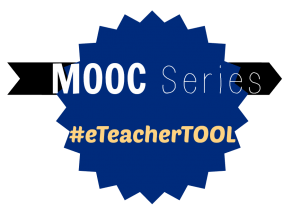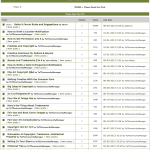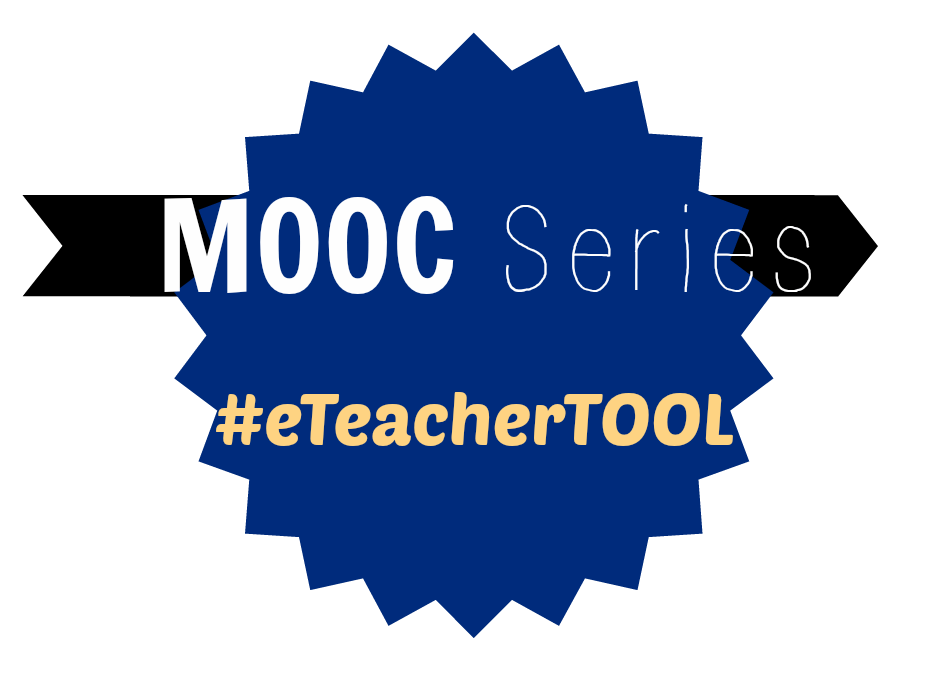This post is one in a series for a MOOC. You can find similar posts searching under the Category MOOC or searching for hashtag #eteacherTOOL for more about this particular MOOC.
 How can a DLC ensure that citizens within the community have access to an environment where an AUP protects members as well as the community itself, where individuals uphold laws, and a cooperative/collective venture provides robust, safe, and ethical resources and opportunities for learning? What is the best way to establish and maintain a flourishing DLC where citizens understand, observe, are inclined to willingly support, and ultimately benefit from Digital Rights and Responsibilities? Reflect upon these questions and formulate a plan for supporting and protecting a Digital Learning Community through Digital Rights and Responsibilities. Afterward, post the plan in your blog.
How can a DLC ensure that citizens within the community have access to an environment where an AUP protects members as well as the community itself, where individuals uphold laws, and a cooperative/collective venture provides robust, safe, and ethical resources and opportunities for learning? What is the best way to establish and maintain a flourishing DLC where citizens understand, observe, are inclined to willingly support, and ultimately benefit from Digital Rights and Responsibilities? Reflect upon these questions and formulate a plan for supporting and protecting a Digital Learning Community through Digital Rights and Responsibilities. Afterward, post the plan in your blog.
AUP (Acceptable use policy) or AUA (Acceptable Use Agreement) serve dual purposes. Much like rubrics for a student product the policy or agreement serves as an advance notice of expectations and behaviors and in the end it may also serve as a measurement of an individuals compliance with those expectations and behaviors.
My district’s teacher/volunteer/substitute AUA highlights these items:
- comply with The Georgia Professional Standards Commission COde of Ethics for Educators at all times
- All users must agree to and sign this agreement
- maintain/update your own passwords, you would be responsible for compromised passwords
- responsibility for any outside data sources you access should be virus-free
My district’s student AUA highlight these items:
- Users acknowledge the the district does not control the content in the Internet
- usernames and password are confidential
- access to technology resources is a privilege, not a right
Both AUAs expect that users must not use technology to:
- harm others
- interfere with others work
- steal
- access others files/programs
- further political agendas
- use someone else’s username/password
- use the network to harm district/personal/Internet based property
- download/upload anything illegally or violate copyright laws
- record instruction without the permission of the teacher or principal
For teachers, the Hall County Schools Acceptable Use of Electronic Media needs to be signed yearly. The first AUP needs to be signed before the teacher is issued a laptop, or before the substitute teacher/volunteer/vendor is given a manner to log in to our system. For students, the Hall County Schools Acceptable Use of Electronic Media is required to be signed before students are allowed to sign onto Hall County devices. If they do not sign the AUA and they use their own device to accomplish anything listed above they would not be disciplined with the AUA, but with standard discipline procedures. Once a student signs the AUA what they do on their own device is generally covered as well. Earlier revisions of the district AUA required students to not sign on to their cellular data networks (not filterable by district), but that has been dropped in recent years.
Work Products I have the exciting job sometimes of working with teachers to create digital content. This could be as small as an electronic version of a worksheet or as large as an online unit or course.
I frequently share with teachers that they should consider something a work product if (1) district/school resources contributed to the production of something. More specifically, if a (2) district machine, or district software, or (3) district time was used to make something it is not solely their own work. Something created with any of those resources is a district work product.
 This has become confusing because the former ways in which teachers may have created items with district resources was not as transparent, as trackable. However, software license registrations, time/date stamps of files, all could work against a teacher if s/he tried to sell items which were actually a work product. Websites such as teacherspayteachers.com are exciting because they offer teachers something for content which teachers have previously created for free, they are a little scary because it seems like a place where teachers could potentially display poor decision making and alienate further employers.
This has become confusing because the former ways in which teachers may have created items with district resources was not as transparent, as trackable. However, software license registrations, time/date stamps of files, all could work against a teacher if s/he tried to sell items which were actually a work product. Websites such as teacherspayteachers.com are exciting because they offer teachers something for content which teachers have previously created for free, they are a little scary because it seems like a place where teachers could potentially display poor decision making and alienate further employers.
Some WYSIWYG (What You See Is What You Get) authoring tools such as SoftChalk are sold to both institutions and private content creators, further causing confusion on the part of the teacher-creator: “Is this mine or the school/district’s?”
Copyright has been something which a colleague of mine took on to clarify for the district in a fun “Myth Busters” format. She based her work on Renee Hobb’s book Copyright Clarity. Please review this SlideShare from Renee:
A plan may be necessary for each group: students and teachers.
While we are accustomed to differentiating for development appropriateness between students, I would suggest teachers are actually more in need of remediation and acceleration on this topic.
| Students | Teachers |
| Fair Use | Fair Use |
| Citing Sources | Work Products |
| Online Safety | Practice in a Asynchronous Learning Environment |
| Cyberbullying | Avoid/Stop Cyberbullying |






Leave a Reply